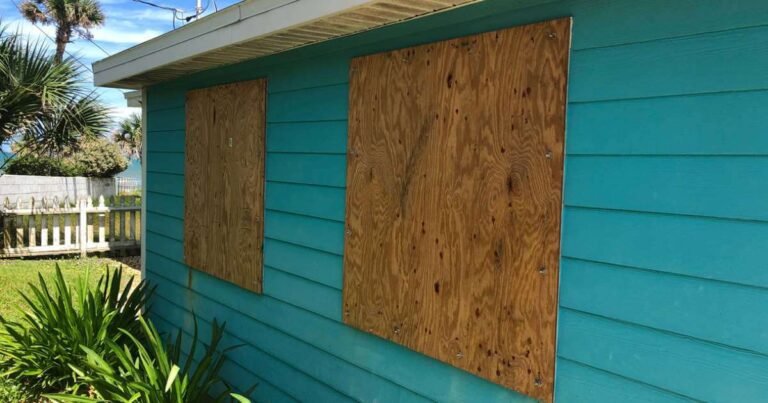Emergency preparedness: Residents in hurricane-prone areas need to be prepared. Have an emergency kit ready, including non-perishable food, water, flashlights, batteries, and important documents. Stay informed about evacuation routes and shelters in your area.
Stay informed: Keep a close watch on weather forecasts and alerts issued by local authorities. Follow evacuation orders promptly and avoid taking unnecessary risks.
Flood safety: Flooding is a common aftermath of hurricanes. Avoid driving or walking through floodwaters—they may be deeper or more treacherous than they appear. If flooding is imminent, move to higher ground.
Generator safety:
- Place generators outdoors. To prevent carbon monoxide poisoning, run the generator in a well-ventilated area.
- Never use a generator inside your home or in enclosed spaces.
- Don't use a gas stove or car to heat the home if power is out, as you risk carbon monoxide poisoning.
Stay connected: Keep a charged cell phone and a portable charger on hand. Establish a communication plan with family members to stay connected during and after the storm.
After the storm:
- Exercise caution when returning to your home or community after the hurricane has passed.
- Watch out for downed power lines, flooded roads, and debris.
- Report any hazards to local authorities.
Assist vulnerable populations: Check on neighbors and family, especially older adults or people with special needs, to ensure their safety and well-being.




